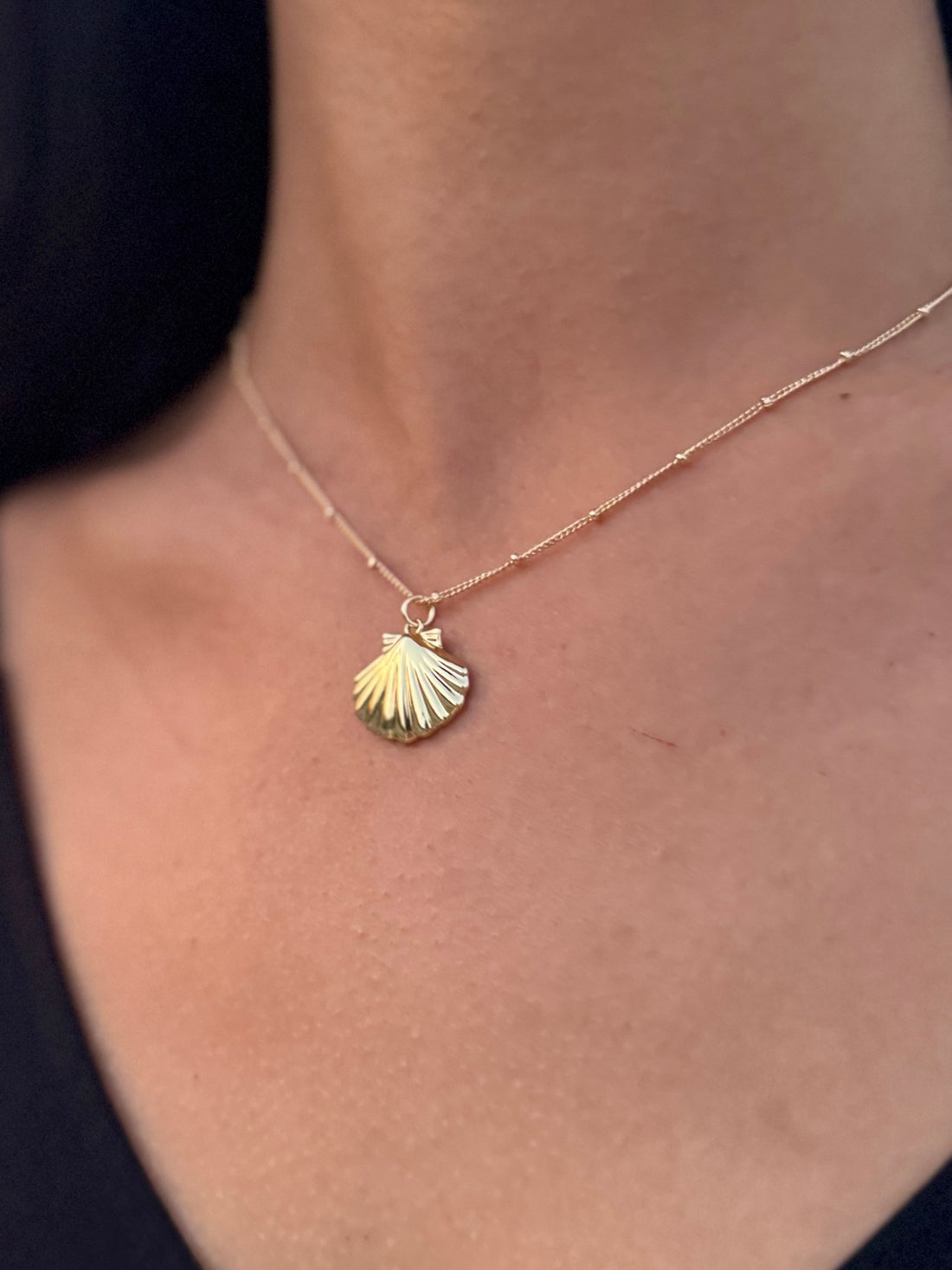
Gold Jewelry 101: What’s the Difference Between Gold Plated, Vermeil, Gold Filled, and Solid Gold?
Mutiara HeritageShare
Gold is timeless—but the world of gold jewelry can be a bit of a maze. Plated, vermeil, filled… and what about karats? Let’s break it down so you can shop confidently and choose pieces that match both your style and your lifestyle.
What’s Gold Plated?
Gold plated jewelry has a thin layer of gold applied over a base metal like brass or copper. It’s created through electroplating—a process where an electric current bonds the gold layer to the surface.
- Pros: Affordable, wide range of styles, good for trendy pieces.
- Cons: The gold layer is very thin (often under 0.5 microns), so it can wear off relatively quickly, revealing the base metal beneath.
-
Best for: Occasional wear or statement pieces that don’t see daily use.
What’s Gold Vermeil?
Gold vermeil (pronounced ver-MAY) is a higher-quality alternative to standard gold plating. To qualify as vermeil in the U.S., jewelry must:
- Have a sterling silver base.
- Be plated with at least 2.5 microns of gold (usually 10k or higher).
- Pros: Longer-lasting than regular plating, hypoallergenic (thanks to sterling silver base), affordable compared to solid gold.
- Cons: Still prone to wear over time, especially with exposure to water, sweat, or chemicals.
-
Best for: Mid-range jewelry buyers who want quality and durability without the solid gold price tag.
What’s Gold Filled?
Gold filled jewelry has a much thicker layer of gold mechanically bonded to a base metal (often brass). The gold layer must make up at least 5% of the total weight of the piece.
- Pros: More durable than plated or vermeil, suitable for everyday wear, less likely to tarnish or flake.
- Cons: Higher price point than plating or vermeil but significantly more budget-friendly than solid gold.
- Best for: Everyday jewelry that needs to hold up well without the cost of solid gold.
Solid Gold: Karats Explained
When people say “solid gold,” they’re talking about an alloy—pure gold mixed with other metals for strength. Here’s what the karats mean:
24k Gold
- 99.9% pure gold.
- Soft and malleable.
- Very rich yellow color.
- Rarely used for jewelry because it’s too soft for daily wear.
18k Gold
- 75% pure gold mixed with 25% other metals (like copper, silver, or palladium).
- Has a warm, rich yellow tone.
- More durable than 24k.
-
Popular for fine jewelry and luxury pieces.
14k Gold
- 58.3% pure gold mixed with 41.7% other metals.
- More subtle gold color than 18k.
- Very durable and less prone to scratching.
- Popular in the U.S. for everyday jewelry like rings and necklaces.
So, Which Gold Type Should You Choose?
Here’s a quick guide:
|
Type |
Pros |
Best For |
|
Gold Plated |
Budget-friendly, trendy |
Occasional wear |
|
Gold Vermeil |
Affordable, hypoallergenic |
Mid-range pieces |
|
Gold Filled |
Durable, everyday wear |
Regular use without solid gold price |
|
Solid Gold (14k/18k) |
Valuable, heirloom quality |
Investment or special pieces |
Caring for Your Gold Jewelry
No matter which gold type you choose:
- Store pieces separately to avoid scratches.
- Avoid harsh chemicals, lotions, and perfumes.
- Remove jewelry before swimming or exercising.
-
Use a soft cloth for cleaning.
At Mutiara Heritage, we believe knowledge is as beautiful as the pieces you wear. Explore our collection and discover the perfect gold piece that speaks to your style—and your story.
Discover More: